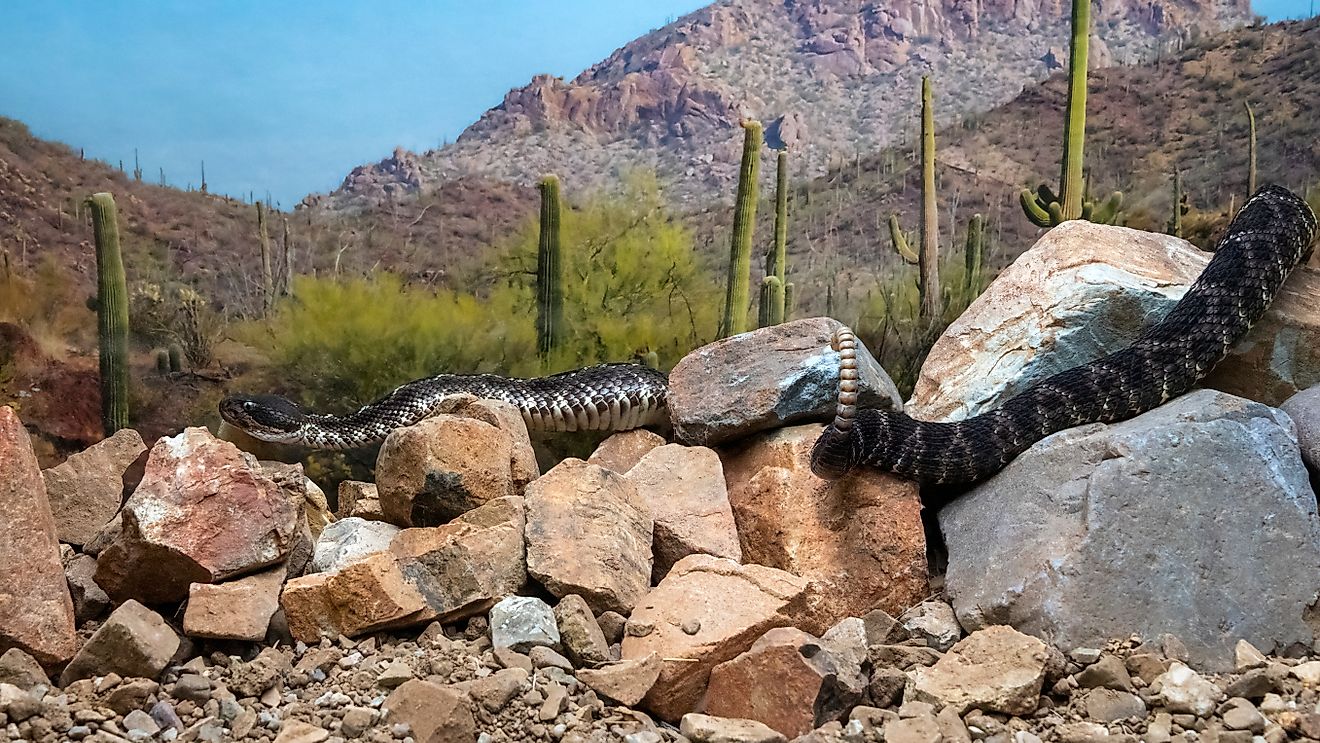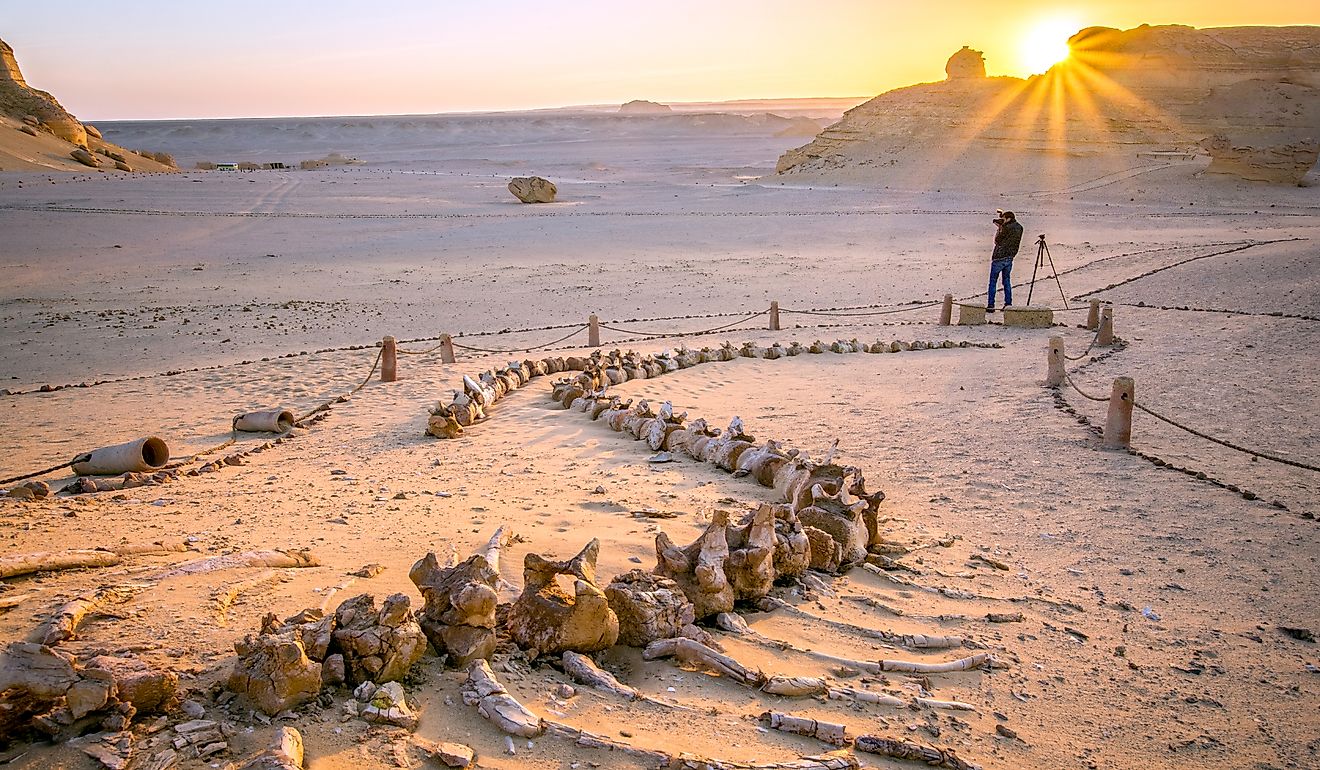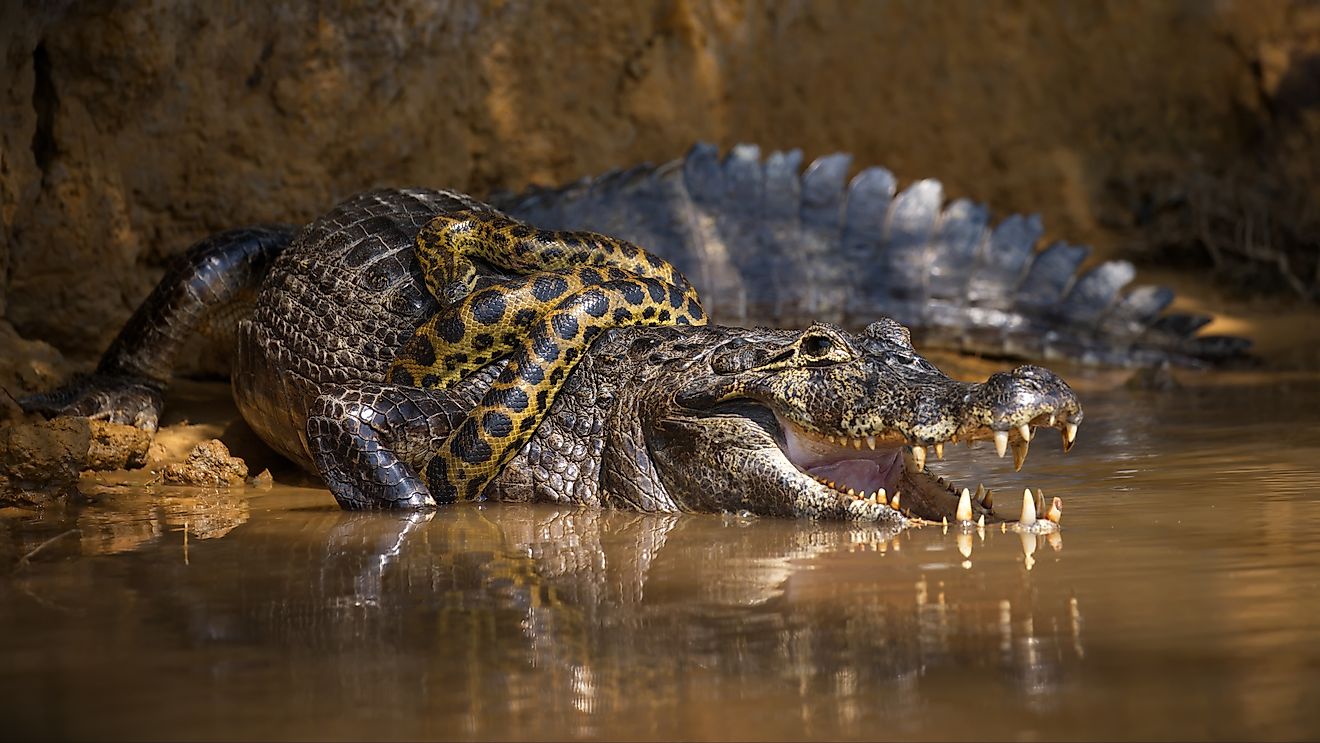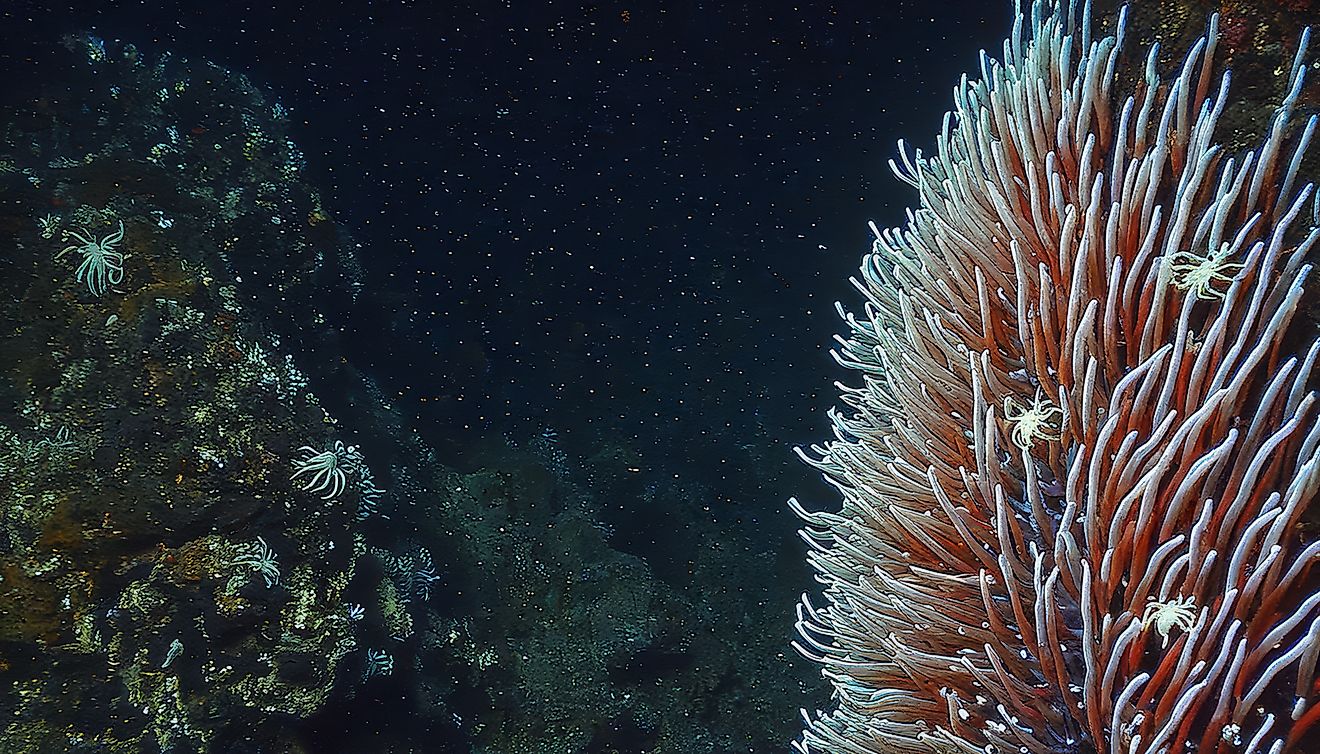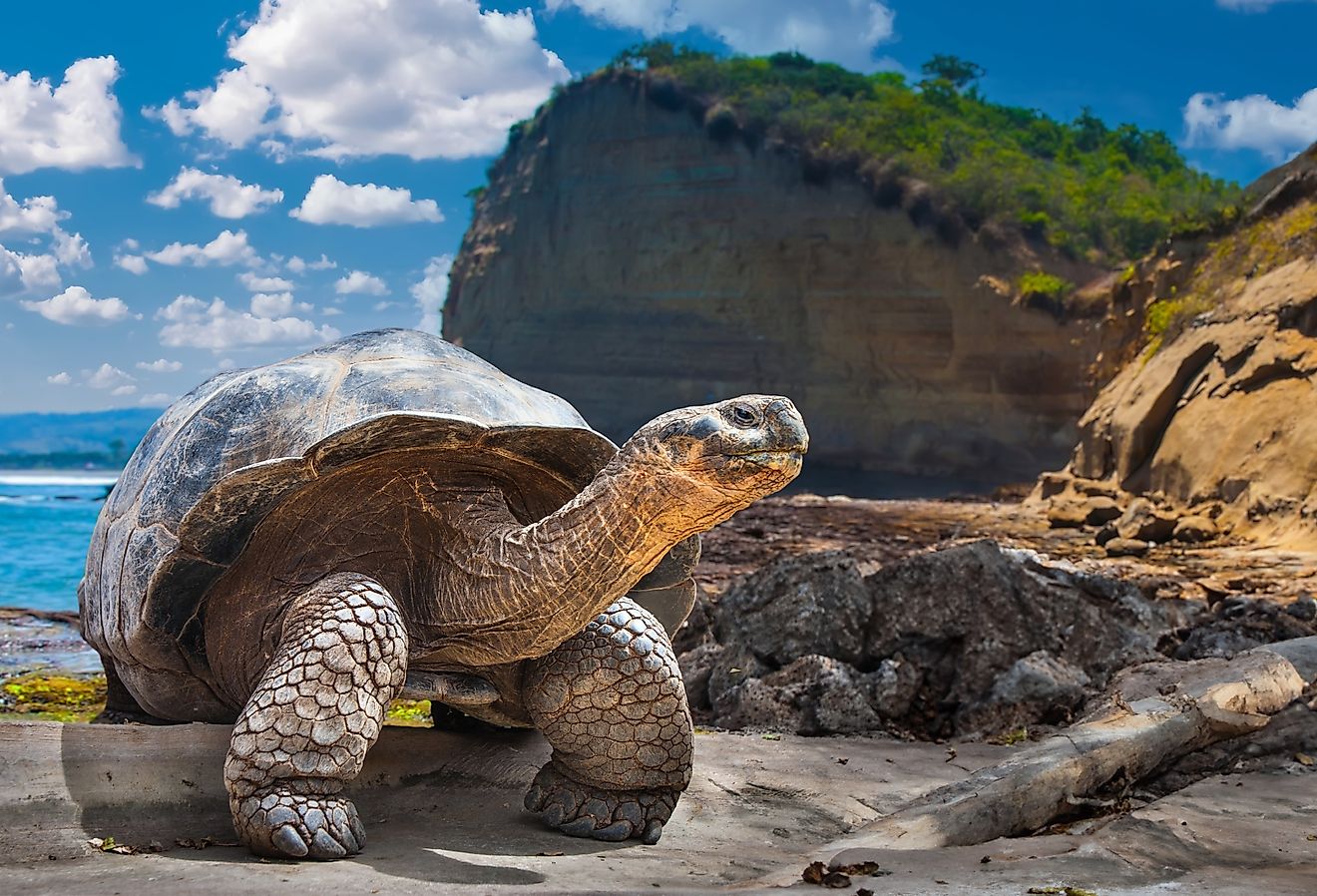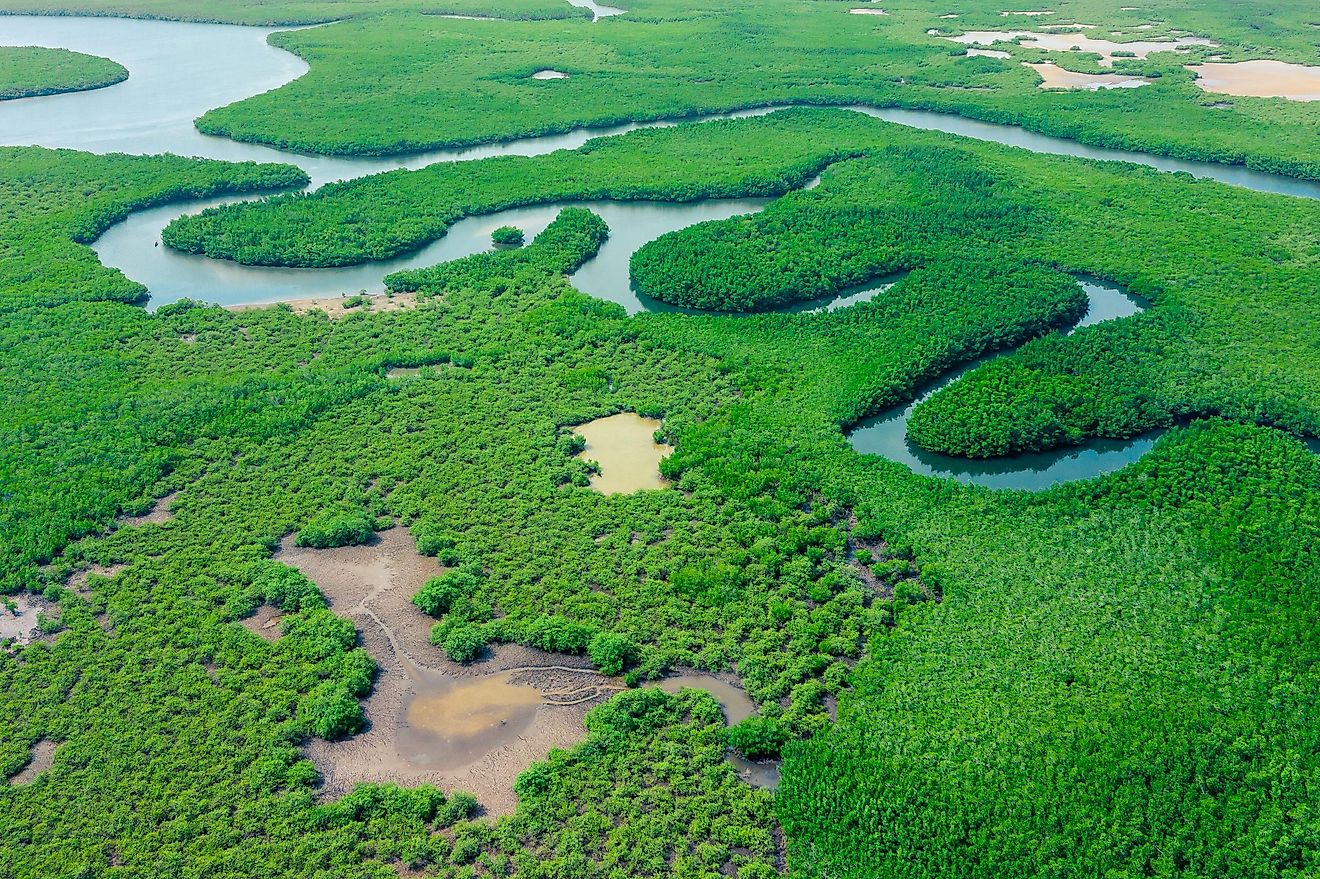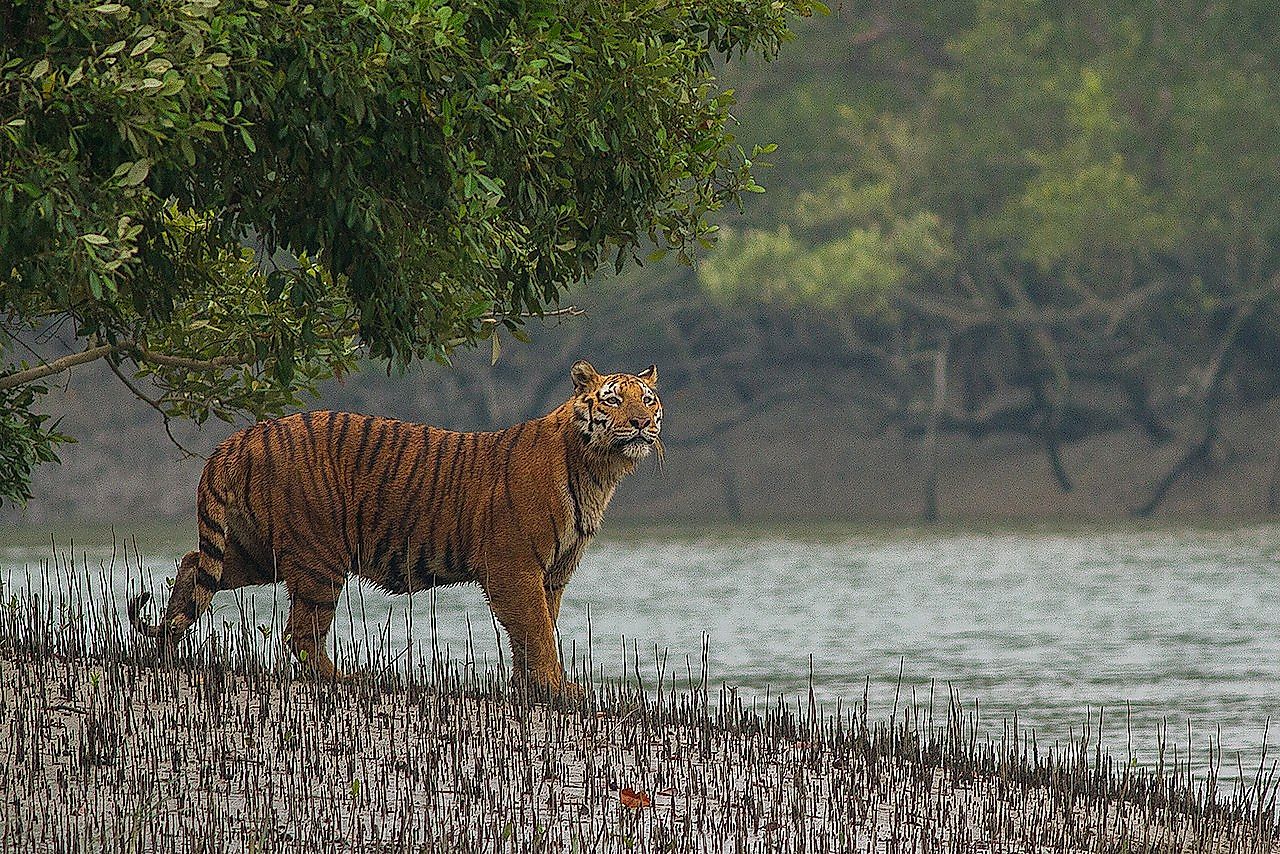
Fascinating Animals That Live In Mangrove Forests
- Mangroves provide habitat for thousands of species—from fish and mollusks to various types of reptiles and birds.
- The hoatzin, found mostly in the mangroves of the Amazon, looks like a bizarre mash-up of different bird species. It has a distinct spike-like crest and a blue mask-looking feature around its eyes.
- Mudskippers are amphibious fish found in mangrove ecosystems. Aside from walking out of the water, they can also jump high above the mud to attract a mate and roll around in it to keep themselves from drying out.
- Also known as the long-nosed monkey, the Proboscis monkey inhabit the mangrove forests of Borneo in South East Asia. They are best known for their distinctly pendulous long noses that they use to attract mates.
Mangroves are coastal trees that thrive in hot, humid, weather with roots submerged in a muddy mix of soil or sand and saltwater. They thrive along shores and estuaries of tropical and subtropical areas like those in Indonesia, Brazil, Malaysia, India, Panama, and Florida in the US. A group of them living together in one area is called a mangrove forest. These forests make up one of the world’s most biologically diverse ecosystems. They provide habitat for thousands of species—from fish and mollusks to various types of reptiles and birds. Among the thousands of animals thriving in mangrove ecosystems, here are some of the most fascinating ones.
Proboscis Monkey
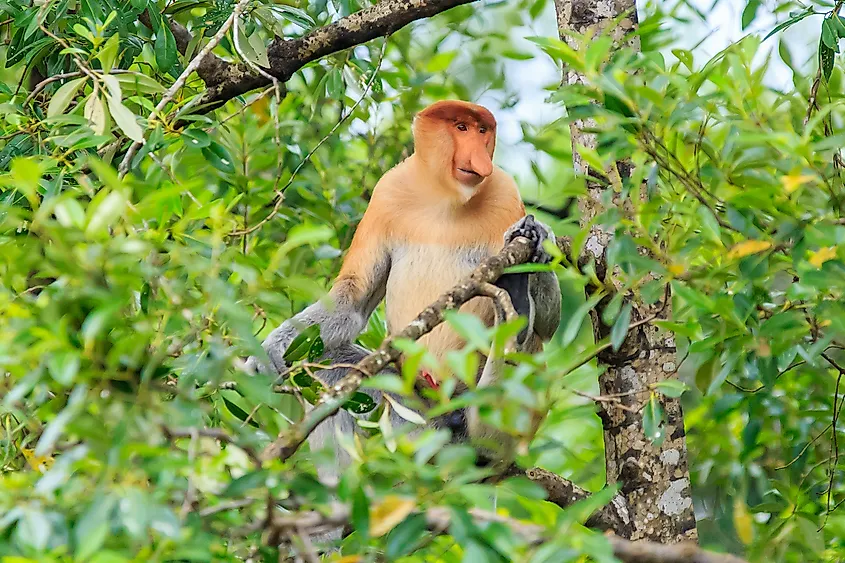
Also known as the long-nosed monkey, these primates inhabit the mangrove forests of Borneo in Southeast Asia. They are best known for their distinctly pendulous noses, which they use to attract mates. Many scientists believe that their large noses function as echo chambers, allowing their calls to travel farther and their sounds to be louder and bolder. Only males possess this peculiar appendage. In addition to their distinctive noses, Proboscis monkeys also have webbed feet that enable them to swim away from predators when in the water.
Cuscus
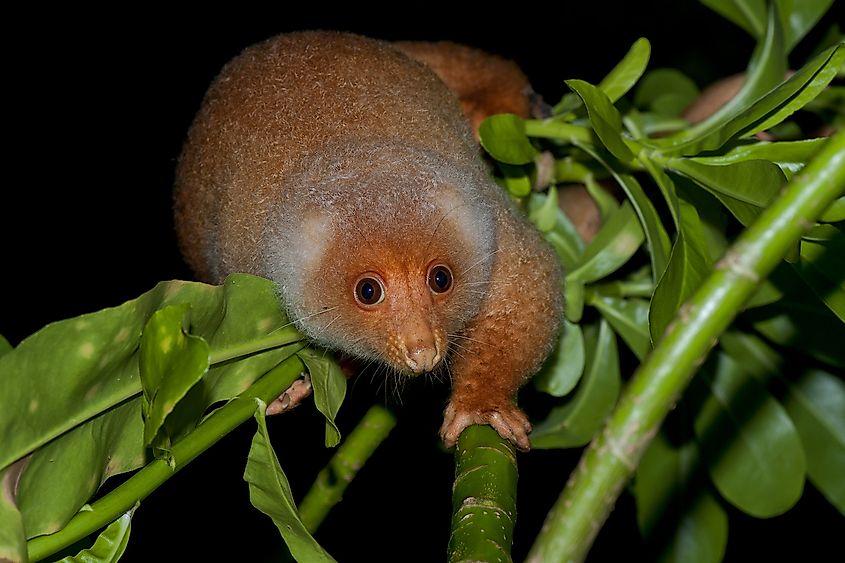
These fuzzy marsupials inhabit the dense canopy of the rainforests and mangroves in Papua New Guinea and Australia. They are approximately the size of a house cat and are covered in beautiful, thick, woolly fur. Their large, round eyes can be yellow, orange, or pale blue. Their fur may be entirely white or cream, or a combination of the two, with spots scattered across their bodies. Similar to monkeys, they possess opposable fingers and toes that assist them in climbing trees.
Dugong
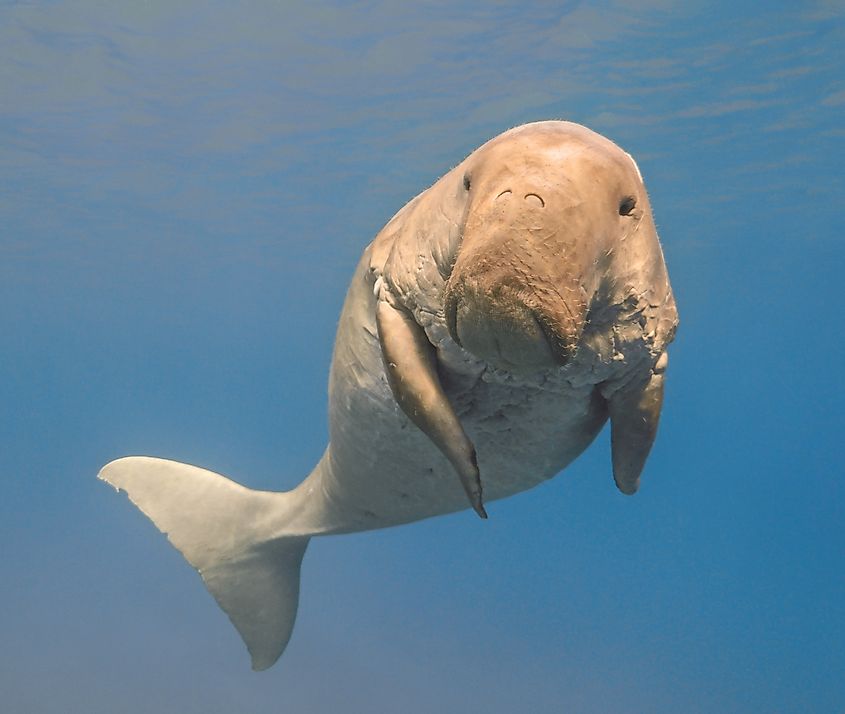
Also known as sea cows, these marine mammals spend their days grazing on the seafloor. They voraciously gobble up grass; hence, they are also referred to as the ocean’s vacuum cleaner. They can be found in and around mangrove channels and shallow seas in coastal areas. Their large, flexible snouts have powerful whiskers that enable them to uproot seagrass. Shy and elusive, they often avoid humans. Additionally, they are endangered, with only a few of them existing in the world.
Boat Billed Heron
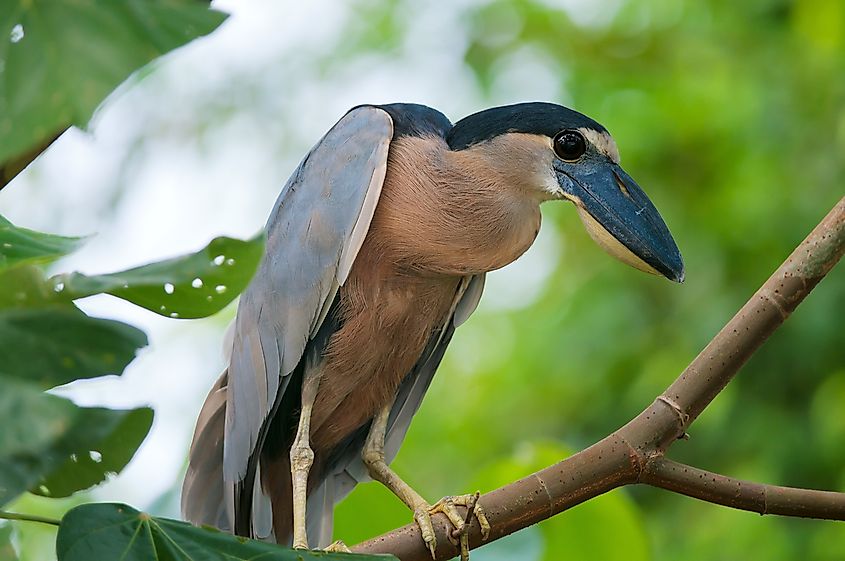
These peculiar-looking birds found in many mangrove forests are known for their huge black bills that can grow to around two inches wide. Most have a beautiful, long, and sleek black crest that resembles hair brushed backward. They communicate through their raucous calls, which can often be heard reverberating throughout the mangrove forests. Their feathers never molt; instead, they grow continuously and eventually turn into a powder that coats their other feathers with a waterproof layer.
Roseate Spoonbill
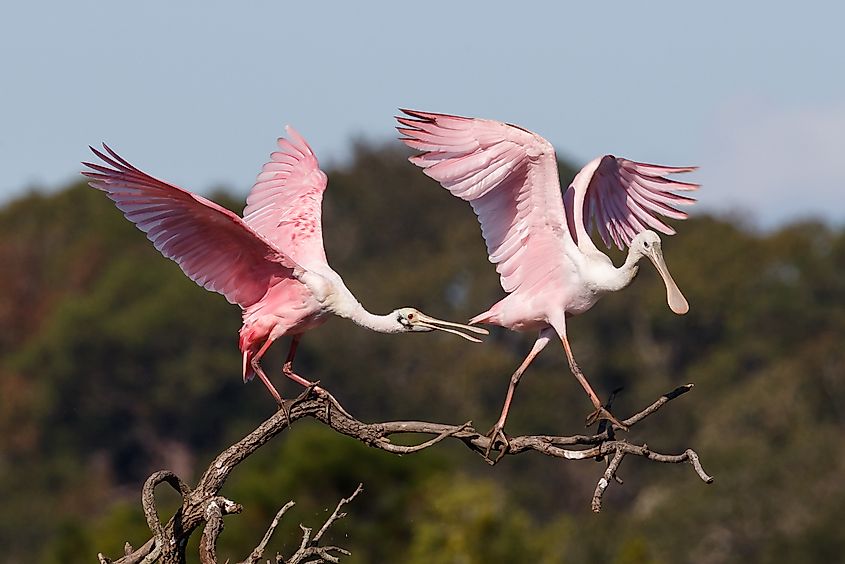
These majestic pink and white birds inhabit the mangroves of South Florida, coastal Texas, and southwestern Louisiana. They have a distinct spoon-shaped bill, hence the name, and sport exquisite light pink plumage that looks even more stunning when they spread their wings. They use their spoon-like bills to scoop up insects, tiny mollusks, and plants from shallow waters. Scientists believe that they get their coloring from their consistent diet of crustaceans.
Hoatzin
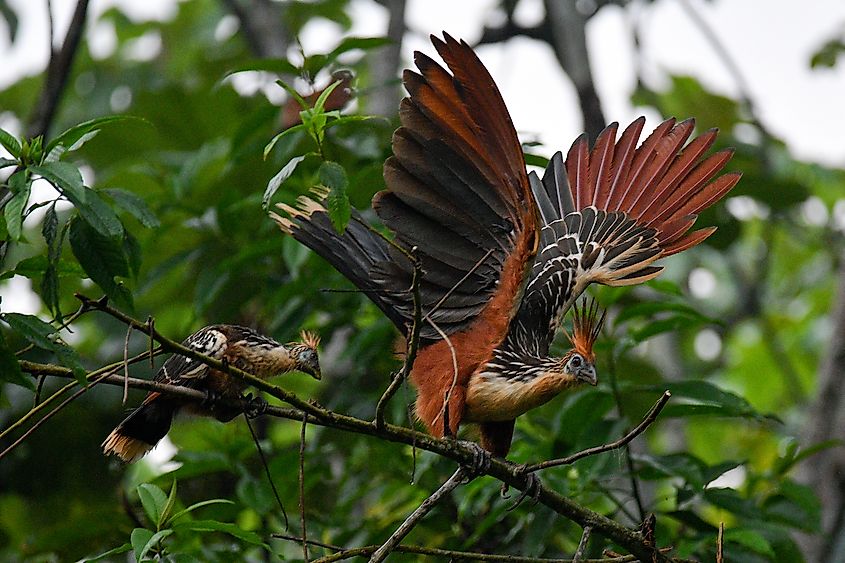
The hoatzin, primarily found in the mangroves of the Amazon, resembles a bizarre mash-up of various bird species. It features a distinct spike-like crest and a blue mask-like appearance around its eyes. From a distance, it looks like a rooster, but up close, it appears to be a cross between a turkey and a cockatoo. Their unique characteristics don’t stop there; they’re referred to as flying cows because, like the four-legged herbivore, these birds possess specialized rumens or foregut compartments instead of a stomach.
Mudskippers
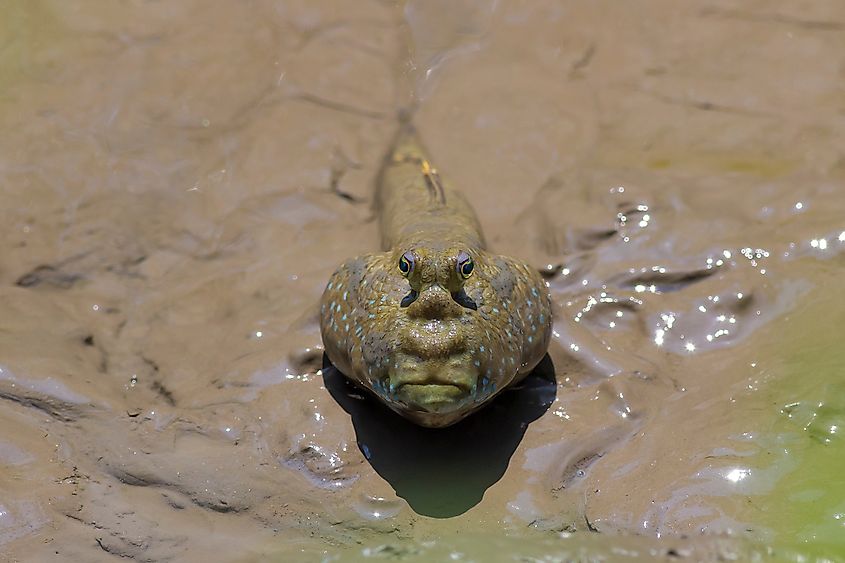
These peculiar-looking google-eyed amphibious fish look like they’ve been stuck between stages of evolution. But don’t let their odd appearance fool you, they have many tricks up their sleeve. Aside from looking like fish that can walk out of the water they can also jump high above the mud. They do this mostly to catch a female’s attention. And there’s more, aside from walking and jumping they can often be seen rolling on the mud too. They do this to keep themselves from drying out under the sun. Scientists have even recently discovered a few of them climbing trees.
Horseshoe Crab
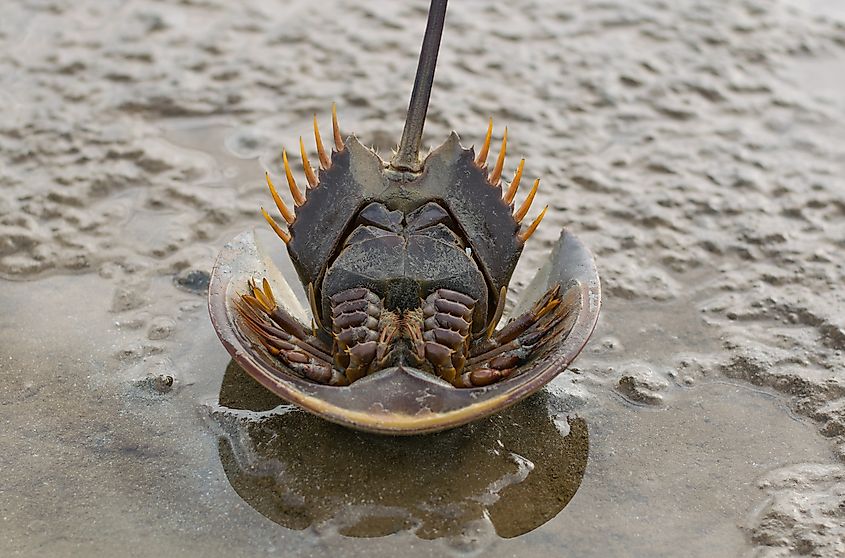
These ancient-looking anthropods have been around for more than 300 million years. They look like prehistoric crabs or some alien species hovering close to the ground. Despite their name, they are more closely related to spiders or scorpions than to crabs. They have a pair of compound eyes on top of their shells and underneath is the mouth attached to its 10 legs. Contrary to popular belief, their tails aren’t used to attack. These ferocious-looking telsons are used to flip their bodies over when they are pushed on their backs.
Crowned Sifakas
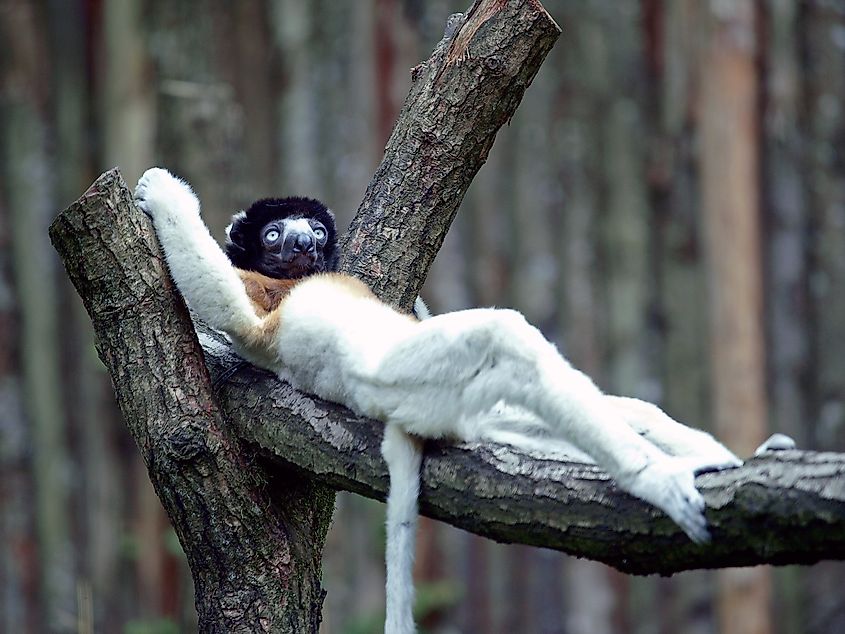
Lemurs are some of the most endangered species of animals on Earth. About 94% of its species including Sifakas are on the brink of extinction. These species of lemurs, found in the mangroves of Madagascar, have a thick fury coat that covers its entire body except its face. It has a pair of big and striking blue eyes. The body is mostly white which fades to brown in some areas. They have powerful legs that help them cling to trunks of trees.
Fishing Cat
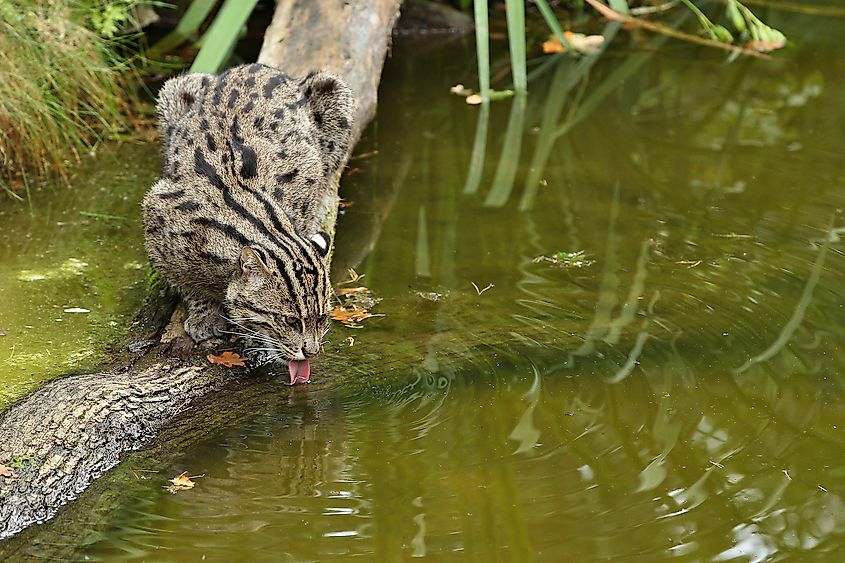
Another fascinating animal found living in mangroves of South Asia are the fishing cats. Called such for their ability to wrestle fish out of the water, they spend their days half-submerged in swamp waters hunting for their meal. They are often seen sitting quietly beside the water waiting for their next catch and unlike their domesticated relative, they are known to dive, face-first into the shallow waters when they spot prey. Their toes have partial webbing too which helps propel their bodies in the water.

